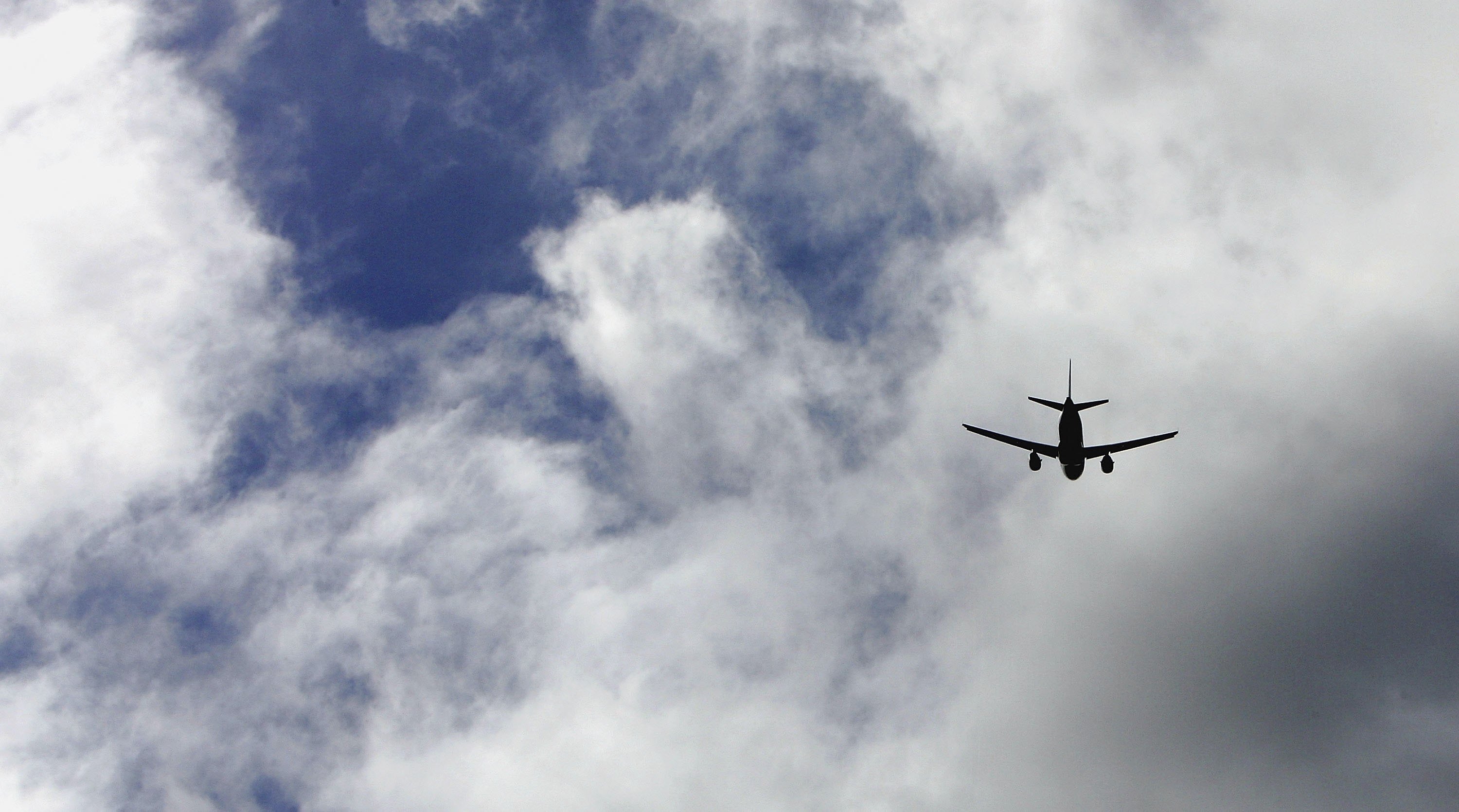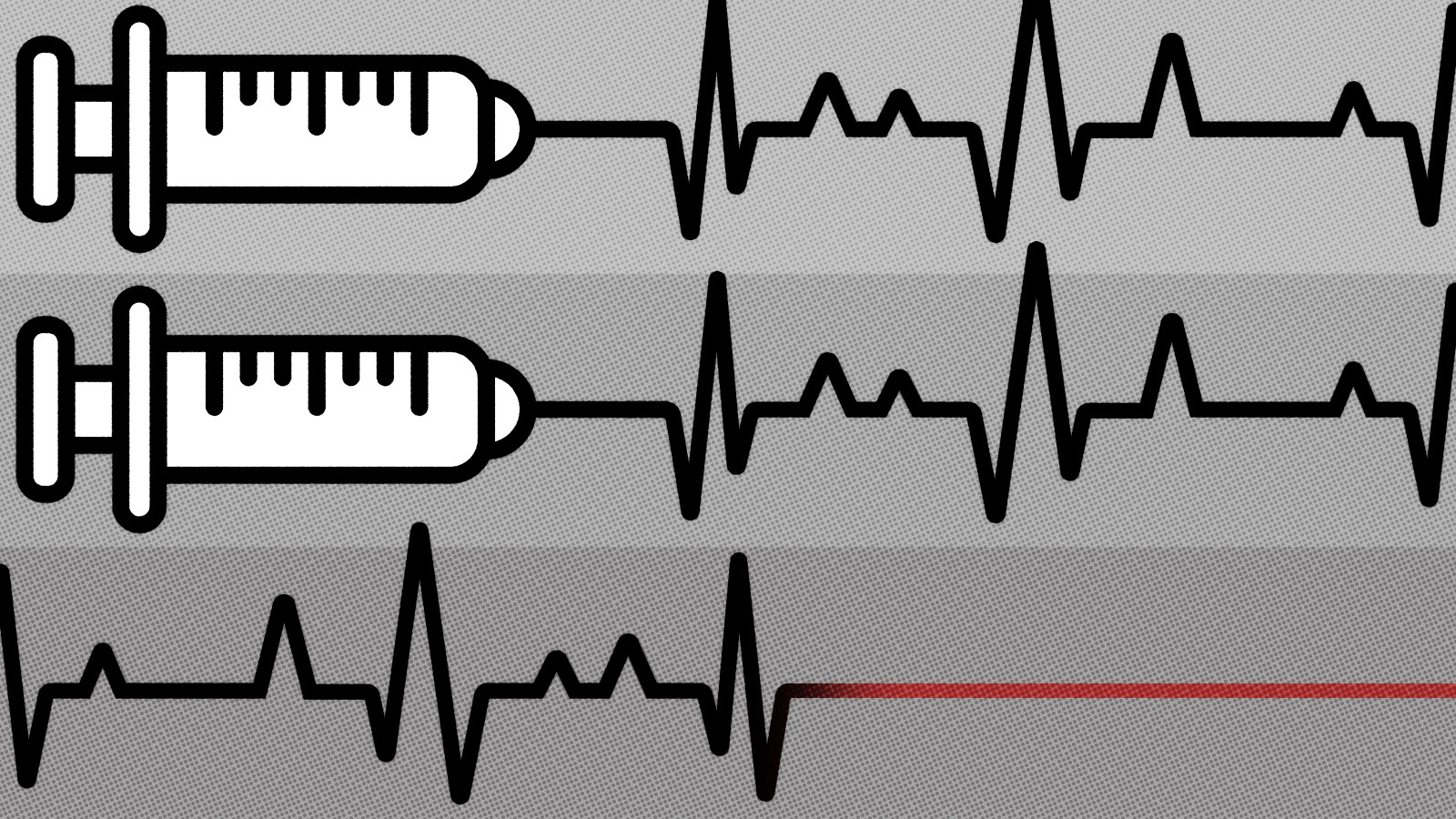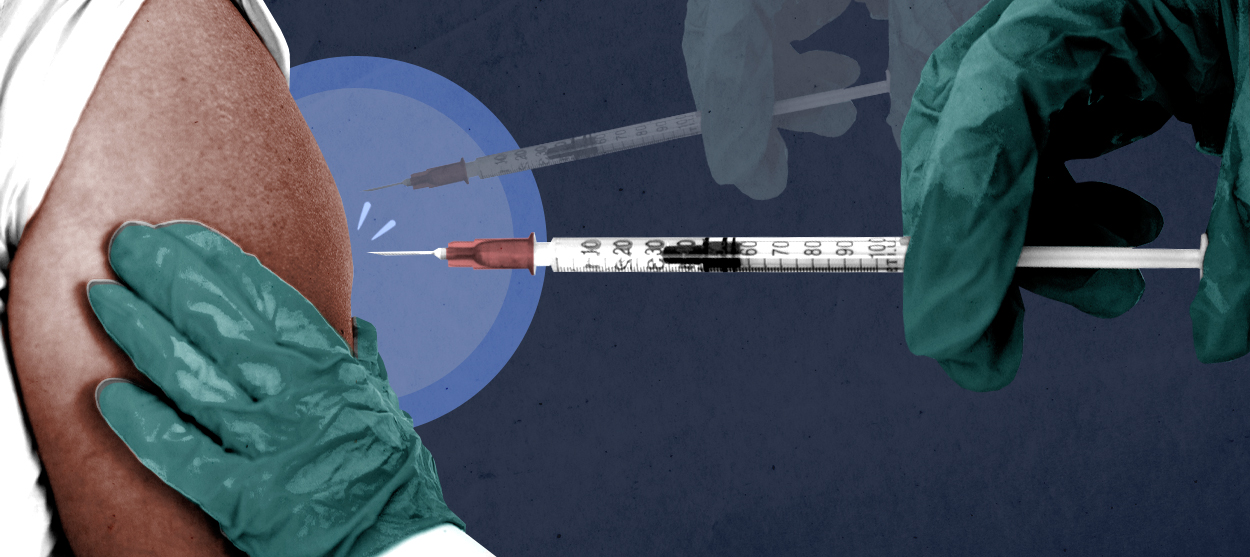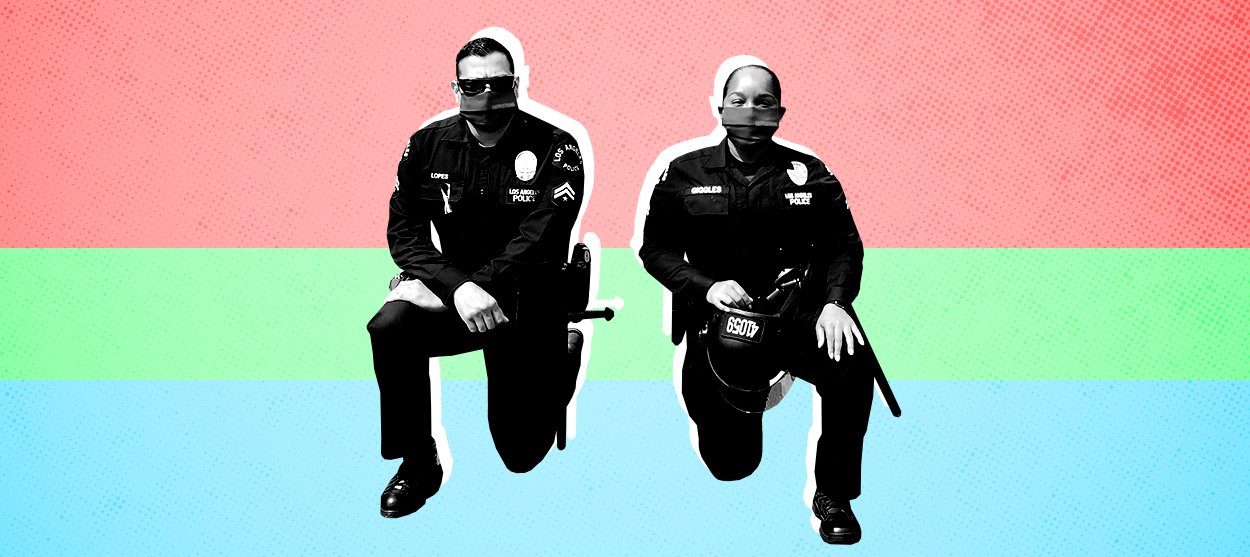Our irrational fear of flying
A slew of recent airplane crashes has raised concerns about commercial aviation safety. Should you worry?

How safe is flying?
It's still easily one of the safest ways to travel. Public perception has been skewed by recent disasters, such as the Germanwings crash and last year's two Malaysia Airlines tragedies. Intense media coverage and horrifying disaster photos can make people fear extremely rare events while blithely ignoring more commonplace risks. Statistics show, however, that the chance of a passenger dying on any given flight with one of the world's major airlines is just 1 in 4.7 million. In any given year, your chance of dying in a traffic accident is 1 in 14,000. You even have a higher chance of dying in a lightning strike (in any given year, 1 in 1.9 million). In the 1970s, an average of 68 commercial planes crashed each year, with 1,676 fatalities. But thanks to vast improvements in cockpit protocols, computerized navigation equipment, and the aircraft themselves, those figures have been almost halved, to 40 crashes and 832 deaths. Last year, about 100,000 flights took off around the world every single day. Of the 33.4 million annual flights, only 21 crashed — an almost miraculous safety record. As aviation safety expert Carl Rochelle puts it, "the most dangerous part of your airline flight is the trip to the airport."
How did flying become so safe?
The Week
Escape your echo chamber. Get the facts behind the news, plus analysis from multiple perspectives.

Sign up for The Week's Free Newsletters
From our morning news briefing to a weekly Good News Newsletter, get the best of The Week delivered directly to your inbox.
From our morning news briefing to a weekly Good News Newsletter, get the best of The Week delivered directly to your inbox.
Principally through what we've learned from past crashes. By examining a downed plane's wreckage and black-box recorders, investigators can usually establish exactly what went wrong, and recommend changes to stop the same problem from reoccurring. The introduction of GPS, aircraft avoidance systems, and ground-proximity alarms in the 1970s and '80s has prevented countless crashes. Patrick Smith, a commercial pilot and blogger, says airlines have "engineered out the common causes of accidents."
So why do accidents still happen?
Human error. Mistakes by the pilots or the ground crew are the principal cause of 80 percent of crashes. Weather conditions are a contributing factor in about half of all accidents, and mechanical issues still are the primary cause in about a fifth of them. (Crashes caused by suicidal pilots, as in the Germanwings tragedy or the EgyptAir disaster off the Massachusetts coast in 1999, are extremely rare and probably not fully preventable.) Ultimately, though, the global crash rate is only as high as it is because much of the world is far behind the West in terms of safety.
In what way?
A free daily email with the biggest news stories of the day – and the best features from TheWeek.com
In developing countries, planes are generally older, flight safety regulations looser, and pilots less experienced. The chance of dying on a flight with an airline in the top half of the global safety table is 1 in 19.8 million; in the bottom half, it's 1 in 2 million. Both the European Union and the U.S. have banned the airlines with the worst safety records, most of which are in Africa, the ex-Soviet bloc, and Southeast Asia. In Indonesia, the death rate from crashes is 25 times that in the U.S. Airlines that use Western planes are safer: Of the 23 fatal accidents in 2012, just three involved Western-built aircraft. But as safety expert Michael Barr points out, "it doesn't matter how good the plane is if you give it to a bunch of mechanics who don't know what to do."
Are all U.S. airlines safe?
Yes, but there's still a big disparity in safety between major carriers and smaller, budget airlines. From 2003 to 2009, commuter airlines in the U.S. had 10 times the serious-accident rate of their larger rivals. (The most recent high-fatality crash was six years ago, when a Colgan Air commuter flight went down near Buffalo, killing 50 people; pilot error was the principal cause.) Major carriers can afford to hire the best and most experienced staff: A pilot's starting salary at Delta is about $61,000, compared with as little as $15,000 at regional airlines. For 99 percent of the time, the chasm in experience levels doesn't matter. But when something unexpected happens, it can be the difference between life and death. When Capt. Chesley Sullenberger was able to calmly ditch a damaged Airbus A320 on the Hudson River in New York City in 2009, saving the lives of 155 passengers and crew, he had almost 20,000 hours of flying experience under his belt.
How much safer can flying get?
Some experts believe fully automated flights would be safer, because they'd eliminate human error (see below). But even if pilots remain at the controls, equipment will continue to improve, the margin for mistakes will decrease, and as poor countries grow richer, they will spend more money on safety measures for their commercial airlines. Ultimately, though, flying a 975,000-pound metal tube 6 miles off the ground at 570 mph will always carry some risk. Crashes will occasionally happen, and the grisly images of the aftermath will continue to evoke an irrational fear of flying. "I don't believe it's attainable to have absolutely zero accidents," says Rudy Quevedo of the Flight Safety Foundation. "But there's always work to do in safety. We can always improve."
Eliminating human error
If flying makes you nervous now, how would you feel if there were no pilot in the cockpit? Pilotless technology, which has been used by the military in drones for years, could soon be adopted for commercial travel too. The equipment already exists: In modern jetliners, most of the flight is spent in autopilot, and onboard computers help the pilot land. With fully autonomous aircraft, one pilot on the ground would be able to monitor a number of flights simultaneously. But while that would sharply reduce the risk of human error — not to mention the airline's costs — it would throw up other hazards, such as terrorists hacking the automatic pilot, or communications between the flight and the ground pilot breaking down. Besides, it would be difficult to persuade nervous passengers to board a plane without a pilot. As flight researcher Mary Cummings says, "the need to see a James T. Kirk on the bridge is strong."
-
 Political cartoons for January 4
Political cartoons for January 4Cartoons Sunday's political cartoons include a resolution to learn a new language, and new names in Hades and on battleships
-
 The ultimate films of 2025 by genre
The ultimate films of 2025 by genreThe Week Recommends From comedies to thrillers, documentaries to animations, 2025 featured some unforgettable film moments
-
 Political cartoons for January 3
Political cartoons for January 3Cartoons Saturday's political cartoons include citizen journalists, self-reflective AI, and Donald Trump's transparency
-
 Do unvaccinated COVID patients deserve scarce care? A doctor weighs in.
Do unvaccinated COVID patients deserve scarce care? A doctor weighs in.The Explainer Justice, judgment, and the last ICU bed
-
 How to vaccinate the anti-vaxxers
How to vaccinate the anti-vaxxersThe Explainer Instead of blaming people for not doing the right thing, let's focus on eliminating the obstacles to vaccination that still remain
-
 The U.S. could double its COVID-19 vaccine availability overnight. What's the holdup?
The U.S. could double its COVID-19 vaccine availability overnight. What's the holdup?The Explainer How the FDA could approve a more efficient vaccine rollout
-
 The October Surprise nobody wanted
The October Surprise nobody wantedThe Explainer Trump has COVID-19. Really, 2020?
-
 Life is worth living
Life is worth livingThe Explainer What's driving America's rising suicide rate?
-
 Social workers are masters at de-escalation. Here's what the police can learn from them.
Social workers are masters at de-escalation. Here's what the police can learn from them.The Explainer Knowing how to peacefully resolve conflict, rather than exacerbate it, can save lives
-
 Settling in for the long pandemic
Settling in for the long pandemicThe Explainer Life won't be back to "normal" anytime soon
-
 Sports reveal how much America is trailing the rest of the world
Sports reveal how much America is trailing the rest of the worldThe Explainer MLS and other American leagues are stumbling through their pandemic restart plans